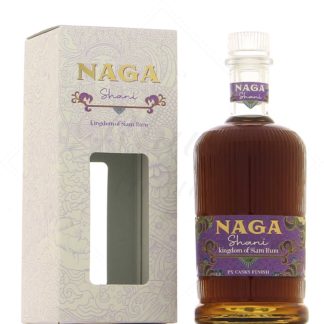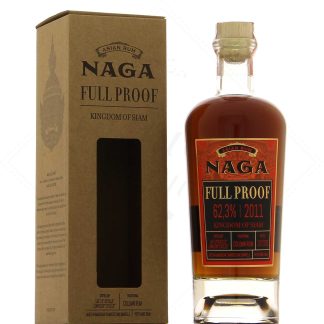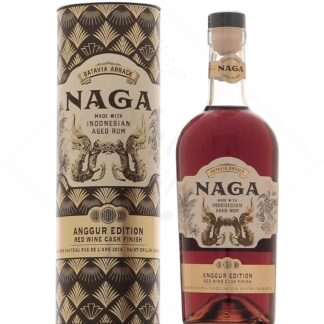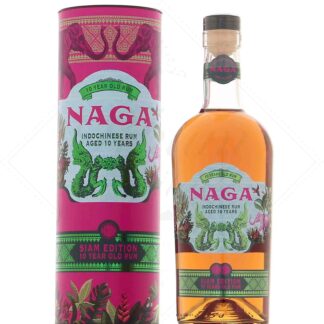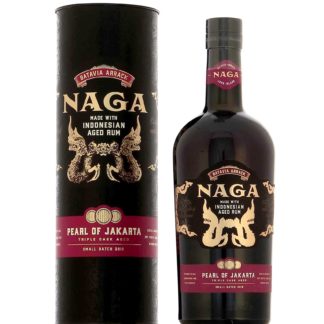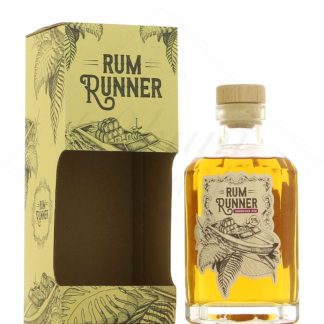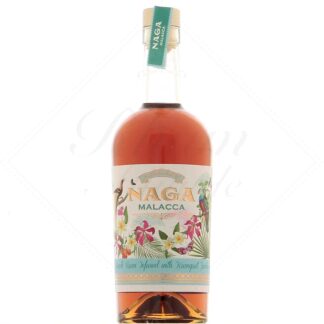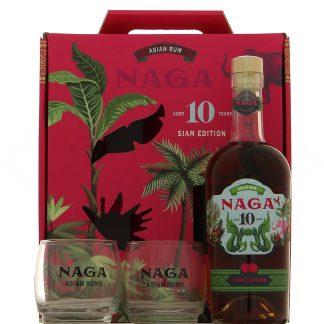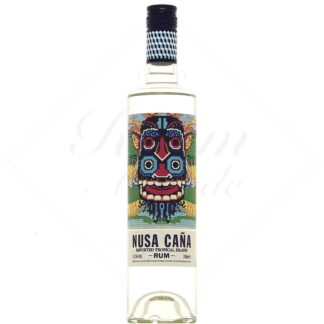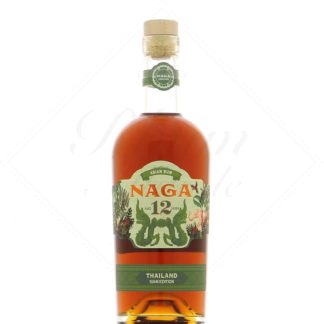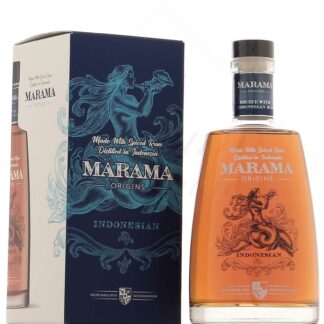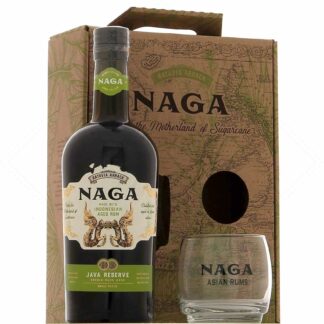Indonesia
Although Indonesian rum has modernized somewhat, it was originally batavia arrack.
Batavia is the former name of Jakarta given by Dutch settlers in reference to the ancient Roman name of the Netherlands. Arrack comes from Arabic and literally means "sweat", in reference to the drip from the still. It is the ancient name for all distilled beverages, not only in the Middle East, but also, by radiation, in Asia.
The first distilleries were discovered by the English in the 17th century, and seem to have been inspired by the Chinese cane planters present in Indonesia. Indeed, it's a Chinese technique, equivalent to malting to ferment the grain, that makes batavia arrack so special: traditionally, sugarcane molasses was diluted with water (and sometimes palm wine) and a sort of musty red rice bread was introduced to kick-start fermentation.
Distillation was carried out in traditional stills, gradually replaced by British pot-stills.
It was a very popular drink in Europe in the 17th century, especially with the Swedes, who were fond of their Rum Punch, and distribution was under strict Dutch control (which is still the case today, as the Amsterdam-based company E&A Scheer is still the sole importer). This spirit from faraway lands was highly regarded at the time, even more so than the Jamaican rum of the early days. It was used in the Royal Navy 's blends and established itself as a luxury product enjoyed in London's chic bars.
Today, it's still a rare product, used primarily in blends. We no longer use rice directly for fermentation, but only yeast from this famous red rice.
Indonesian brand Naga uses some Batavia Arrack in its blend, coupled with a light molasses rum, and independent bottlers like La Compagnie des Indes and Banks have used it, respectively, for their Tricorne white rum and 5 island blend. Read less
